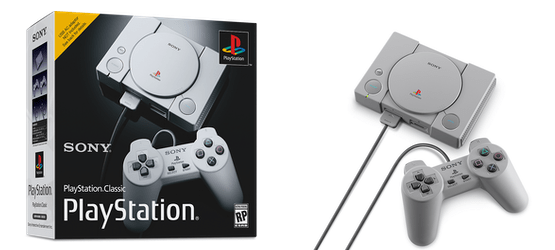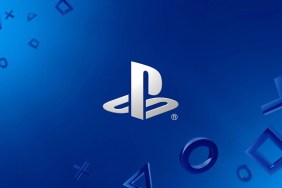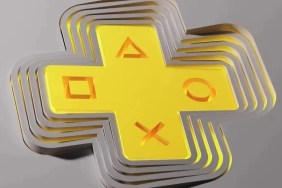The hot and trending video game console over the last two holiday seasons wasn’t the PS4, nor was it the Xbox One, or even the Nintendo Switch. It was the SNES Classic, and the NES Classic before it. The miniaturized Nintendo consoles raked in revenue, increased ever-important brand awareness around the holidays, and was, in a way, a thank you to fans who grew up with the consoles. Now, Sony is following suit, hoping for lightning to strike a third time and launch the hottest gaming product of the season while satiating PlayStation fan’s growing appetite for nostalgia.
The Decade of Nostalgia
Before we get into the PlayStation Classic itself, it’s worth analyzing the proposition of such a product in today’s market. Nostalgia has practically become currency over the last decade, with remakes, reboots, and revivals of past products, franchises, and more becoming commonplace.
Life today is very different from when the PlayStation originally launched back in 1994. The workplace environment is more stressful and demanding, inflation and debt are through the roof, and the internet has created this always connected mindset that means no one is ever truly at rest or at peace.
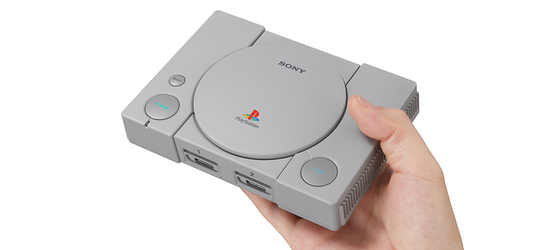
Humans, as a coping mechanism, like to look back on fondly on easier times, warm times, and times that were fun. This is the so-called feeling of nostalgia that companies like Sony are seeking to exploit and monetize. Fans are equally served, though, as they get to take a trip down memory lane. The trend isn’t just with consoles; there are reboots, remakes, and reimaginings around every corner these days, across all forms of media and entertainment. Even cars and food products are looking to their past for both inspiration and as a means of tapping into customer’s interests.
The PlayStation Classic is the embodiment of nostalgia for PlayStation gamers. It offers a low-cost way to get a console of yesteryear back into homes everywhere, and provide a glimpse into a time when gamers weren’t as concerned with frame rates, 4K, playtime, etc. It was all about fun.
Classic PlayStation Console
The PlayStation Classic is a perfect to-scale rendition of the original PlayStation, not the PS One that was released toward the end of the PlayStation’s life cycle. It has the same color, the same iconic startup sound, and more. About the only things different are its size, the fact the controller ports are now USB, and there are less overall ports on the back of the console—just HDMI and the USB power source cable. No AC adapter is included, which is strange given how cheap they are. However, if you own a PS4, the USB-ports work as a means of powering the PlayStation Classic.
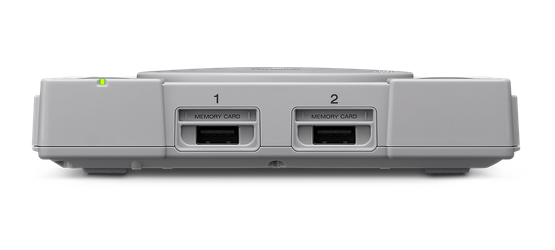
The UI is clean and easy to navigate, and is mainly just a scrolling wheel of classic PlayStation games. Each game’s manual can be accessed, and when exiting a game, a resume point is saved into the console’s memory automatically. Rather than switching discs for multi-disc games like Final Fantasy VII, the process is mimicked by pressing what used to be the eject button to “switch discs.”
It’s light as a feather, but surprisingly rigid and well built. It almost feels like a toy in the hand, but a toy that could be dropped from heights and be picked back up unscathed. It’s impressive to think Sony shrunk down the innards of a massive PlayStation console into this tiny little bundle of joy.
The controllers feel just as they did back in the day, albeit a little jarring. It’s been a very long time since I picked up a PlayStation controller sans analog sticks. Even that invoked some feeling of nostalgia as I had almost forgotten the original PlayStation released without analog sticks, and the DualShock came years later in the console’s lifecycle.
It’s the little reminders of days past that will frequently bring a smile to your face.
Classic Game Selection
Sony could never release a console limited to just 20 built-in games total without upsetting a huge amount of fans in the process. Everyone has different tastes, different memories, and played different games back during the PlayStation era. Depending on what games you did indeed play back in the day may affect your level of enjoyment of the PlayStation Classic.
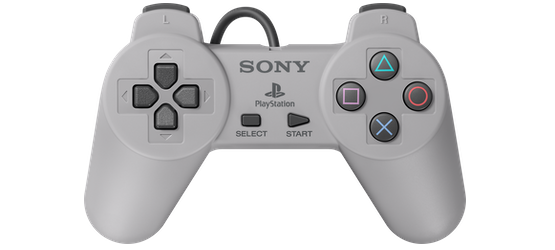
And given the huge genre-defining library of PlayStation games, that went on to become established blockbuster franchises even today, there are just far too many classic games to choose from to ever make all fans happy with the selection.
Instead, Sony has given a strong variety of genre types, from a range of different developers and publishers. Games include the likes of Metal Gear Solid, Resident Evil, and Tekken 3, but also include more obscure cult hits like Intelligent Qube.
Knowing that it’s impossible to make everyone happy, Sony did a fantastic job of adding in the right games. What sort of “classic” PlayStation console doesn’t have Final Fantasy VII? I’m sure others could say the same about other games and franchises, but in the end Sony selected some historic and iconic releases that helped define the future of video games forever. For example, the omission of Crash Bandicoot or Tomb Raider may be too glaring for many.
Watch our PlayStation Classic Unboxing
As with any of these “classic” consoles, or revisits to older games, given how fast and far technology has advanced since the original PlayStation’s release, these games did not age well. Controls are often clunky, and graphics are archaic by today’s standards. And yet, they’re some of the greatest games ever released. At the time, they were setting bars and standards that lasted years until new, groundbreaking games and technology paved the way for what are today’s standards. It was the contributions of these 20 games that shaped much of PlayStation’s history.
Going into the PlayStation Classic—or any classic game that has been generally left untouched for decades—with hedged expectations will lead to a more positive experience.
Will the PlayStation Classic Be The Hottest Gift This Year?
Maybe. It definitely has potential, but it’s all about the fans.
The initial buzz and hype surrounding Sony’s consoles compared to the Nintendo fever the last two years is drastically different. Sony has always been about bleeding-edge technology, its consoles being “future proof,” and its audience has become accustomed to that. Nintendo has always had nostalgia on its side, and has relied on the same franchises and characters for over 30 years now. Nintendo also has a reputation for having hard-to-find products, which helped generate more interest around the product. PlayStation fans were also more torn over Sony’s game selection.
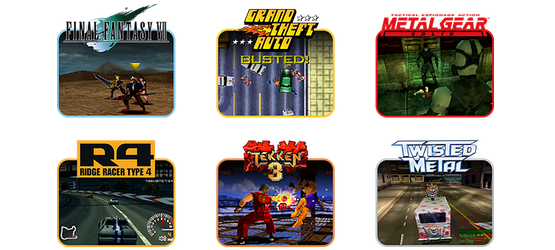
Again, due to how PlayStation fans have become expecting nothing but the highest quality and most advanced technology, I can’t help but feel like the community could be a little disappointed by the PlayStation Classic. Let’s face it; the gaming community at large is rarely ever fully satisfied with anything, let alone something that was dug out of a grave, dusted off, and given new life, albeit handicapped by only 20 games when a library of thousands exists.
From a different perspective, the PlayStation Classic is an absolutely incredible value that needs to be fully understood before purchasing. No, you will not find new bells and whistles, and you will probably not love all of the 20 games in the library. But for $100, you get a near exact replica experience of what it was like to own a PlayStation during the ’90s, without having to hunt down a working console, two controllers, and 20 of the best games ever to be released on PlayStation consoles or on any console for that matter.
Let’s take a trip down memory lane. You know, back to a time where online portions of games didn’t exist, let alone matter. Back when there were memory cards instead of hard drives, and controllers didn’t have analog sticks. At $100, the PlayStation Classic is a must-own for any true PlayStation fan.
PlayStation Classic review console provided by manufacturer. For more information on scoring please see our Review Policy here.
Now Loading - PlayStation Classic Thoughts November 2018
-
What Do You Think of the Full PlayStation Classic Games List?
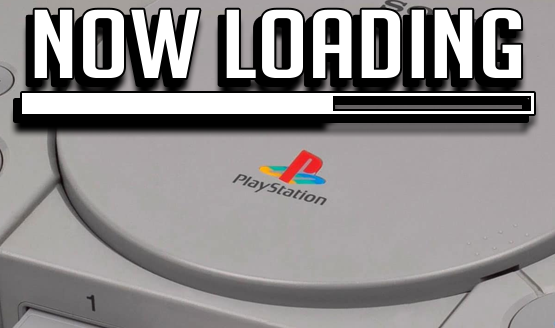
The full list of games has been revealed! Here's what we think of them.
-
Annette Polis
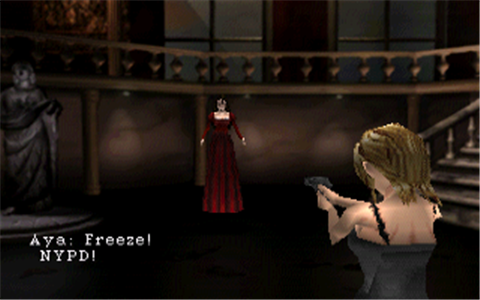
Looking at both NA and JP versions of the PlayStation Classic, there's nothing on either that makes me need one. OK, maybe Parasite Eve, but a single game alone does not a purchase make.
-
Cameron Teague

I think the Japanese lineup edges out the rest in terms of better games, though nothing on either lineup makes me have to buy it.
-
Chandler Wood

I'm pretty disappointed in the final list. I think it hardly represents the classics of that era, and misses out on a lot of what I would consider to be the 20 essential games on the platform. Of course, many of those games are seeing re-releases, remasters, or even simply availability on the PSN as a PS One Classic.
Metal Gear Solid and Final Fantasy VII are great additions, but why Twisted Metal over Twisted Metal 2 (which was a far more classic PS1 game). Not to mention that there are plenty of games associated with the PS1 that are clearly missing, like Crash, Spyro, MediEvil, and many others that obviously were excluded in interest of their remake counterparts on the PS4.
The novelty of playing a bunch of classic games is kind of lost when the system isn't actually filled to the brim with the games that made the PS1 a classic.
-
Jenni Lada
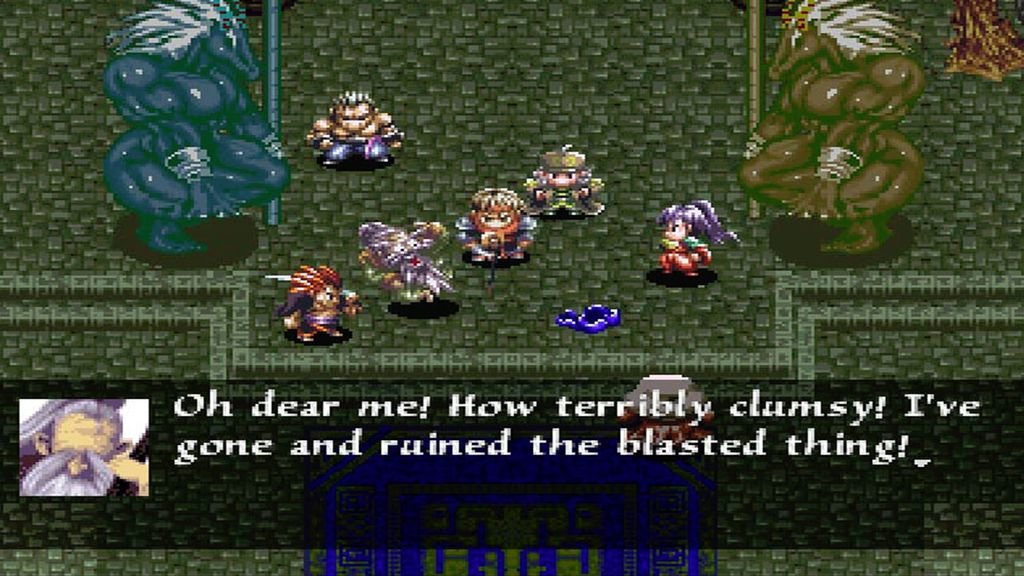
I think Japan has the stronger lineup of the two. In general, both are great. There are a lot of good games here and they really exemplify what set the PlayStation apart.
-
Keri Honea

Most of those games I already own via the PS Store, so I'm really not seeing the point in investing in a Classic. It's great to see so many PlayStation-defining classics on the console, but their availability in the online store almost makes this mini-console moot.
-
Lucas White

I have the dreaded "mixed feelings" about this one, chief. On one hand, it's wild to see Revelations: Persona, a game nobody cared about in the 90s, show up here due to how far Atlus has come since. On the other hand, that is not a game that comes to mind, as much as I'm into Shin Megami Tensei, as a "PlayStation Classic."
Stuff like that sort of exposes the problem with this thing, as many games more associated with the PlayStation brand from that era are either tied up in licensing, or even out and playable in recent remasters or remakes already, which is probably why something as prolific as Castlevania: Symphony of the Night is missing.That said there is plenty of cool stuff here, such as the original Rayman, Super Puzzle Fighter II Turbo, and Mr. Driller, all of which being games that don't get nearly enough love today, and despite not being "AAA" in a sense are all milestone moments in gaming history.
